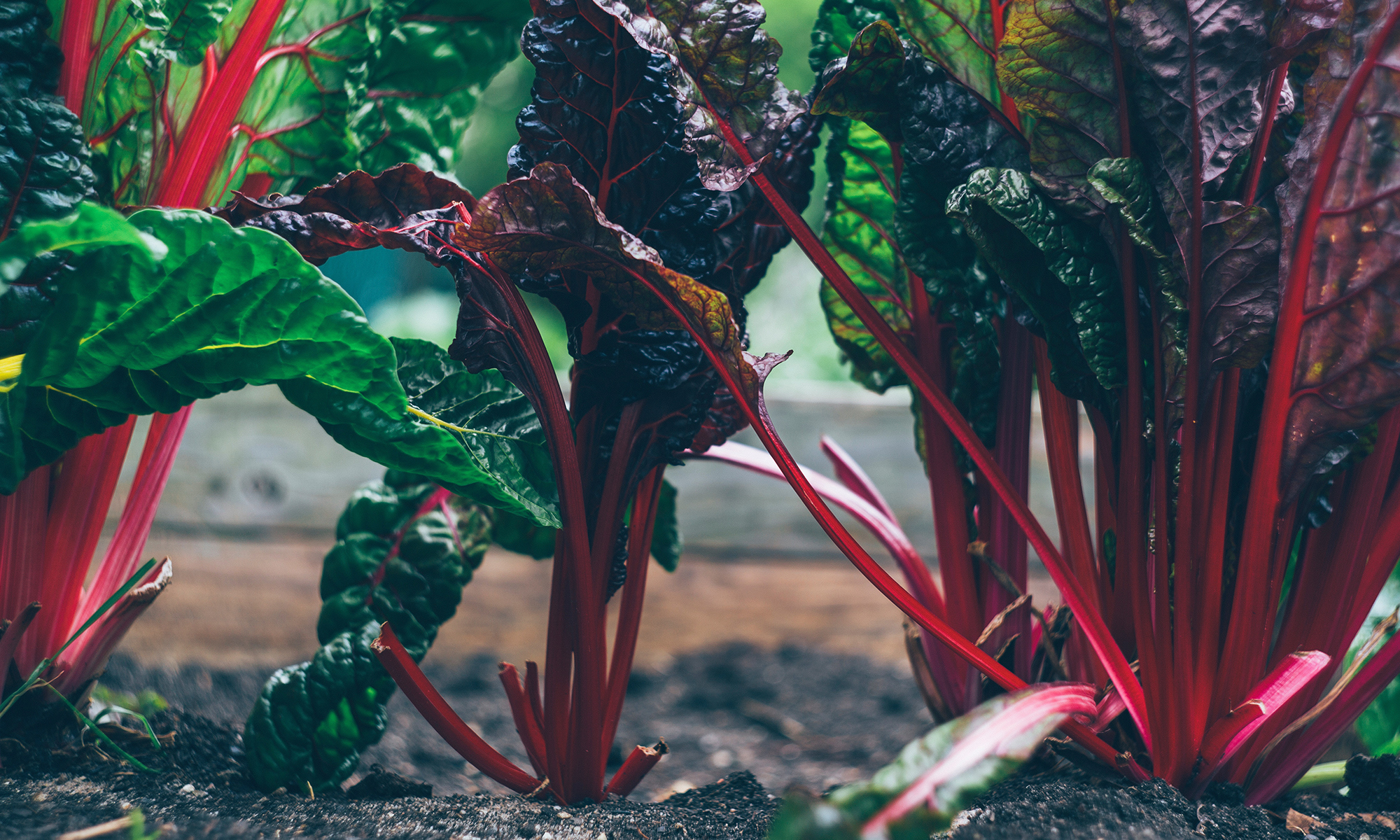 It was only in the past few months, as I’ve been reading about sustainability and participating in the Cambridge Recycling Committee, that I finally understood the dictum, “Reduce, Reuse, Recycle.” You can see it on grocery bags at Whole Foods, or any sort of green initiative. Reuse and recycle are obvious – for example, the plastic water bottle you purchased – reuse it by refilling it with filtered water, instead of purchasing a new bottle, and when you are done with it, recycle it. People often justify wasteful behavior by explaining that they will recycle. “Yes, I took more paper napkins than I need, but I will recycle them, so it’s okay.” Reduce was a harder concept for me to grasp. Reduce means only taking as many paper napkins as you need. Sure, it’s great that you’ll recycle, but we must also consider the energy expended and the chemicals used to create the napkins – the tree that was cut down, the plant that processed the paper and packaged it, the truck that shipped the napkin to the supermarket, etc.
It was only in the past few months, as I’ve been reading about sustainability and participating in the Cambridge Recycling Committee, that I finally understood the dictum, “Reduce, Reuse, Recycle.” You can see it on grocery bags at Whole Foods, or any sort of green initiative. Reuse and recycle are obvious – for example, the plastic water bottle you purchased – reuse it by refilling it with filtered water, instead of purchasing a new bottle, and when you are done with it, recycle it. People often justify wasteful behavior by explaining that they will recycle. “Yes, I took more paper napkins than I need, but I will recycle them, so it’s okay.” Reduce was a harder concept for me to grasp. Reduce means only taking as many paper napkins as you need. Sure, it’s great that you’ll recycle, but we must also consider the energy expended and the chemicals used to create the napkins – the tree that was cut down, the plant that processed the paper and packaged it, the truck that shipped the napkin to the supermarket, etc.
When it comes to food and entertaining, the mantra would be “Reduce, Reuse, Recycle, Compost.” With cooking, I find it much more challenging to reduce. In terms of shopping, the stores often dictate the quantities I purchase: I must buy a 1 cup container of sour cream, even though I will only use 2 tablespoons. I’ll admit it’s getting better: I can now buy chicken broth in one cup packages instead of one quart. Most grains are sold in bulk bins. Even celery is sold by the stalk. Most challenging is gauging what quantity to prepare for dinner parties, especially buffets.
Last week, inspired by Lydia’s black bean dip post, I pulled the black beans out of the freezer. I intended to make the dip for a friend’s party, but as I set out to make the recipe, I realized I didn’t have most of the ingredients on hand. But! I did have ½ cup of leftover green mole from that same evening that generated the black beans. I pureed the two together and, Voila! Black Bean dip. (P.S. The sour cream on top was leftover from another dinner the previous week)

